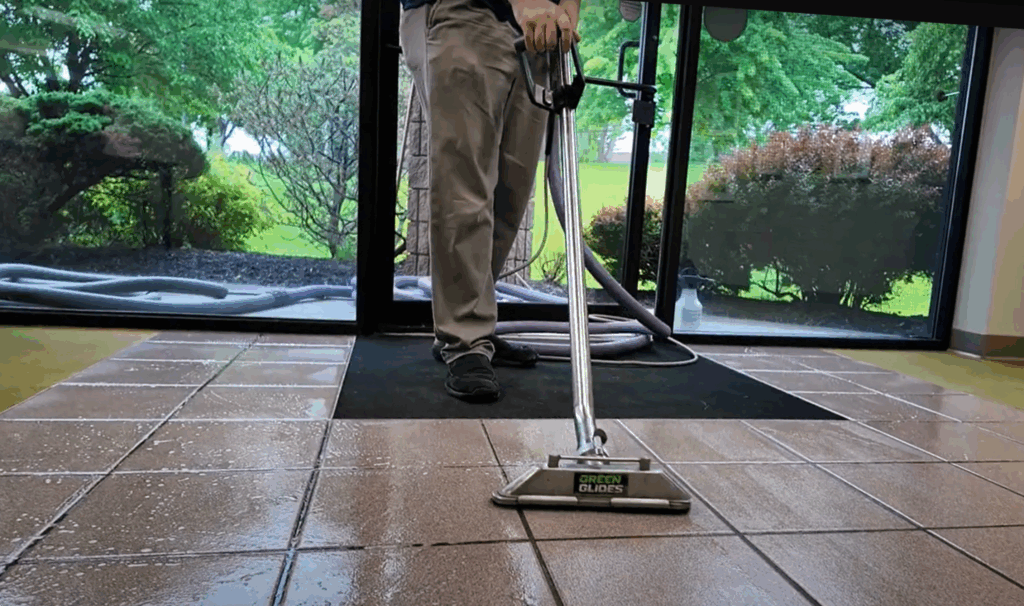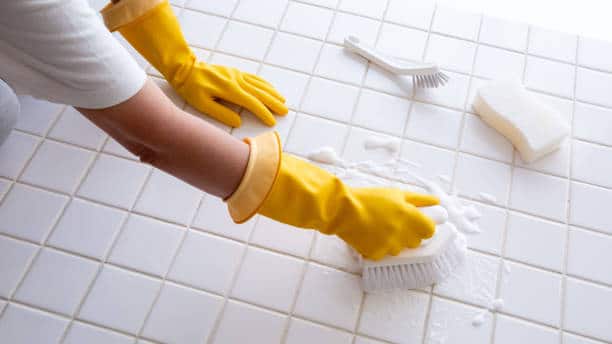If your tile floors still look dull even after regular mopping, the problem might be in the grout. Tile and grout can trap dirt, bacteria, and stains that routine cleaning won’t remove.
So, how often should you deep clean tile and grout? Here’s what you need to know.
Regular Mopping Isn’t Enough
- Discoloration
- Persistent smells
- Mold or mildew, particularly in moist places like restrooms
Recommended Cleaning Frequency
Homes with Light Foot Traffic:
Every 12 to 18 months, once a year might be plenty if you don't have children or pets and you wear socks indoors most of the time.
Busy Households with Pets or Kids:
Every 6 to 12 months, there is more dirt, spills, and filth when there is a lot of foot activity. Grout will darken more quickly, particularly in halls, kitchens, and entryways.
Bathrooms and Wet Areas:
Every six months, moisture in bathrooms and other damp areas creates the ideal conditions for mold and mildew to grow in grout. Frequent deep cleaning keeps tiles hygienic and helps avoid accumulation.
Kitchen Areas:
Every 6 to 12 months. Kitchens are high-traffic zones with constant exposure to spills, grease, and crumbs. Regular tile and grout cleaning prevents staining, buildup, and bacteria growth, keeping your kitchen floors safe, sanitary, and spotless.
Commercial Spaces:
Stores, restaurants, and offices are constantly in use every three to six months. To preserve hygienic conditions and aesthetic appeal, grout in kitchens, restrooms, and lobby areas should be cleaned more regularly.

Why Choose Professional Tile and Grout Cleaning?
Over-the-counter products only clean the surface. Professionals use:
- High-pressure steam or water extraction
- Specialized tile-safe, grout-targeting cleaners
- Tools that reach deep into porous grout
- Optional grout sealing to prevent future stains
Extend the Life of Your Floors
- Keeps grout lines bright and clean
- Prevents long-term staining and wear
- Improves air quality (especially in bathrooms and kitchens)
- Maintains property value



